If there is a plant that sums up the essence of being uncomplicated, it is the hydrangea – also known as hortensia.
 Proof for this, is the resilience of a hydrangea shrub growing in our shared garden.
Proof for this, is the resilience of a hydrangea shrub growing in our shared garden.
Before we moved into this house, no one had taken care of our hydrangea plant for years; still the plant was producing plenty of flowers.
Being the urban gardener I am, I trimmed it from being this wild, untamed plant, left to its own devices amongst leaves and forgotten children’s toys of families that no longer live here, from this:
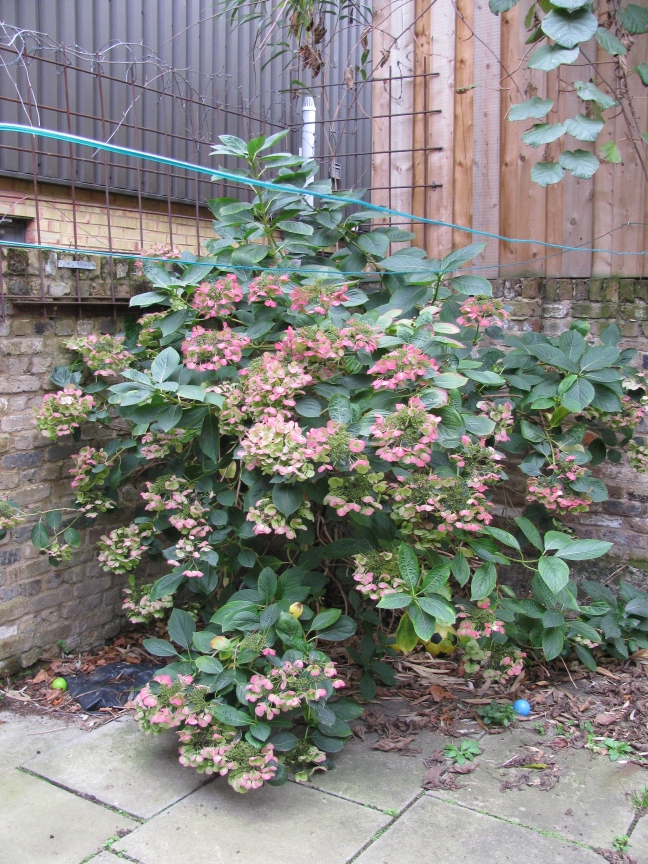
to this more ‘clean-cut’ smaller version of itself:
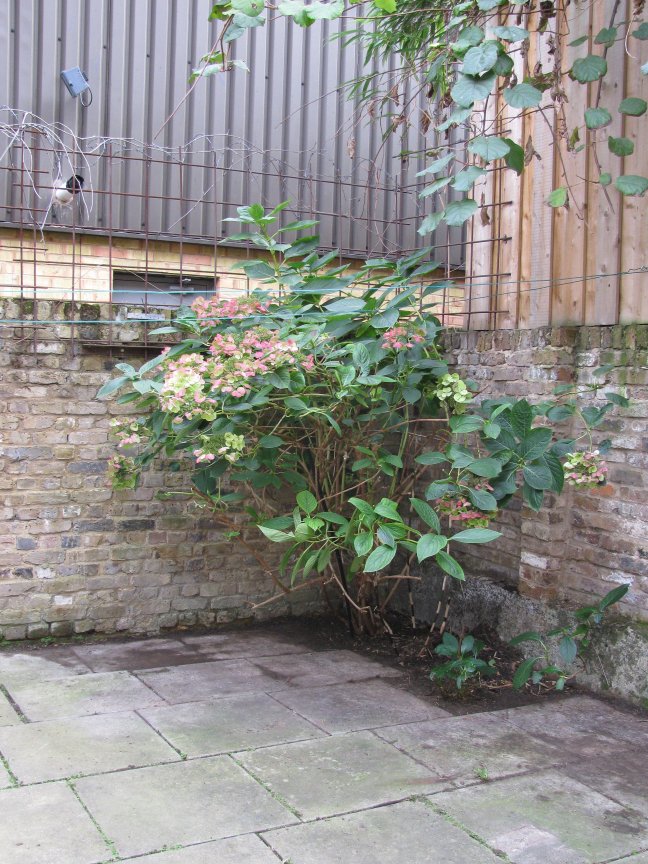
And here you go, this summer the hydrangea came back more vigorously than before. It has even changed in colour from last year’s pink to this year’s white-lilac:
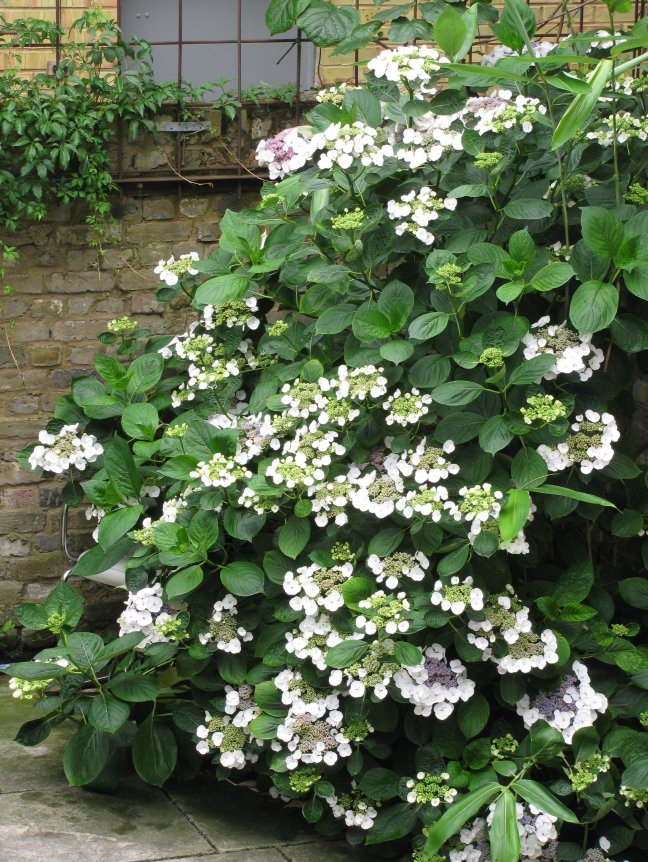
Besides trimming the plant, I have not watered it a single time in a whole year – the rain was enough. So I’m convinced this truly is the most uncomplicated flowering plant I’ve ever seen.
It is also such a marvellous feature of hydrangeas, that the plant changes its colour. All depends on the soil’s ph level and thus, you can influence which colour the hydrangea will turn into, the main colours being white, pink or blue.
As you might have guessed, after having had the pink hydrangea turn white, my goal for next summer is to turn it blue. Some gardeners claim it’s not possible to change a white hydrangea into a different colour, but I’m determined to proof them wrong.
For now, here are some further pictures to show that the plant definitely changed from pink to white, whether it will change from white to blue, is another story.
Here is a cutting from our hydrangea plant, last year:

and the same plant this year:

Some more hydrangea facts:
- the plant likes well drained soil
- does very well in partial shade and under tress
- it produces flowers from spring into late autumn
- should be pruned in autumn
- cut the green part of the plant, keeping at least one or two brown rings along the green stem, which is where the plant will grow new branches next year. Don’t cut into the wooden stems.
How to change a hydrangea’s colour (begin this process before the plant starts to bloom):
From pink to blue:
Add one table spoon of aluminium sulfate to 4.5 litres of water, stir well and water the plant with this mixture every four to six weeks during the growing season. The plant will gradually turn blue.
From blue to pink:
Sprinkle a cup of lime around the roots. This impedes the plant from absorbing the soil’s aluminium and it will gradually turn pink. Continue to add lime in spring, summer and autumn, to ensure the ph level does not regress.
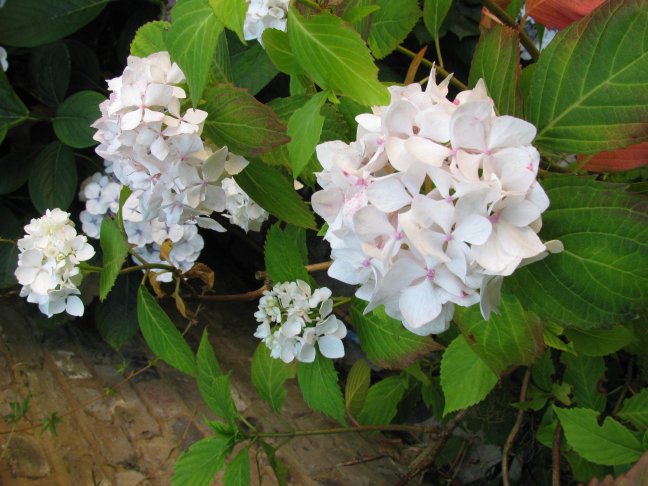
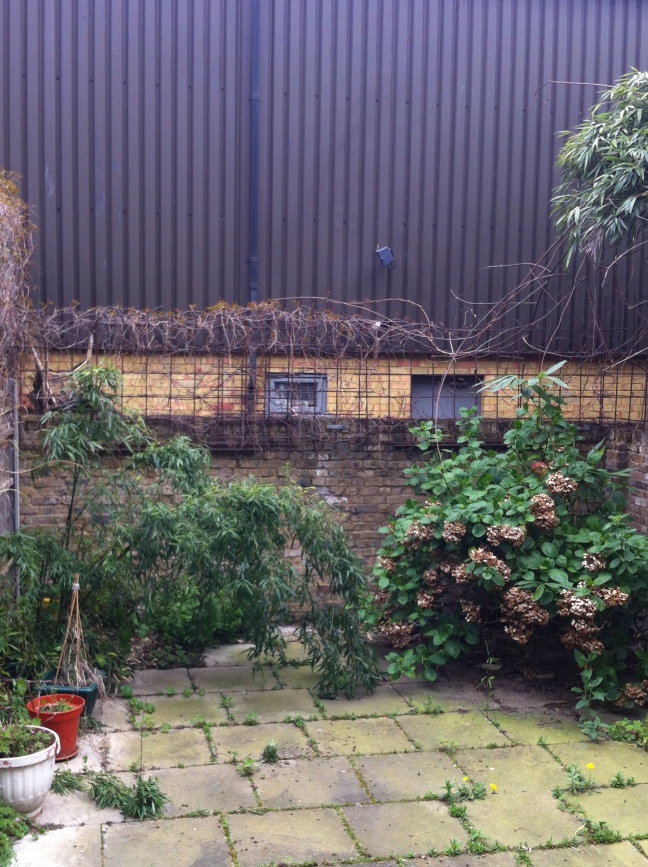

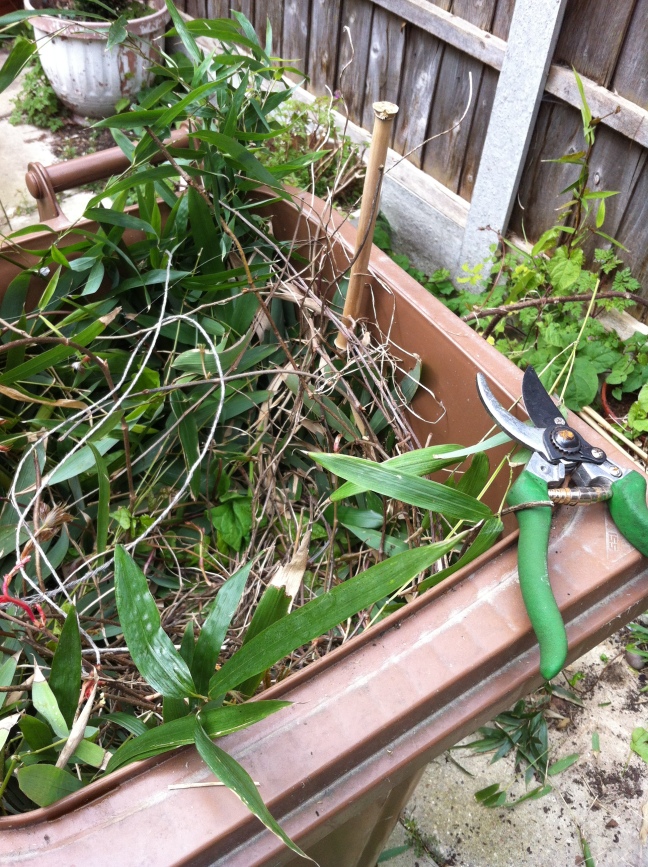

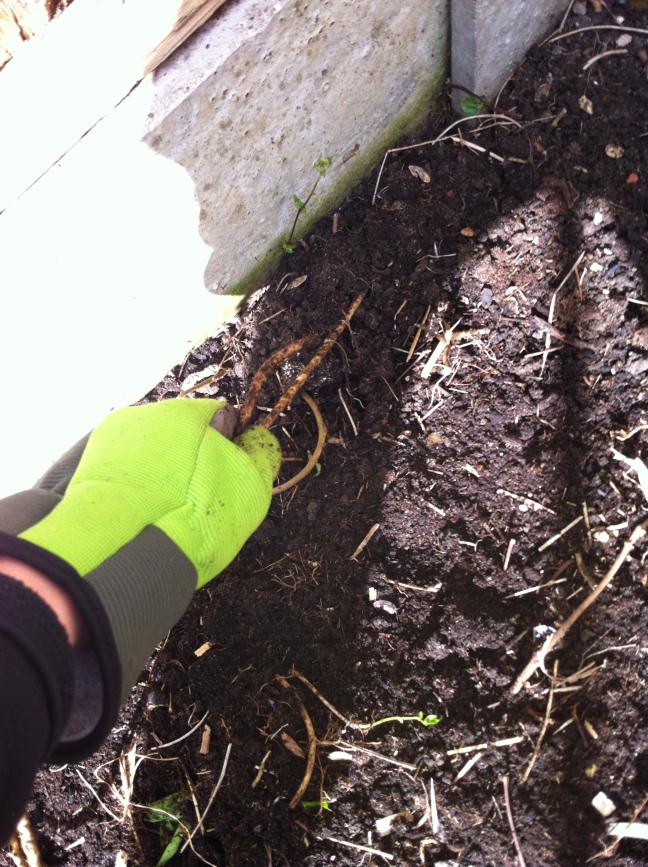
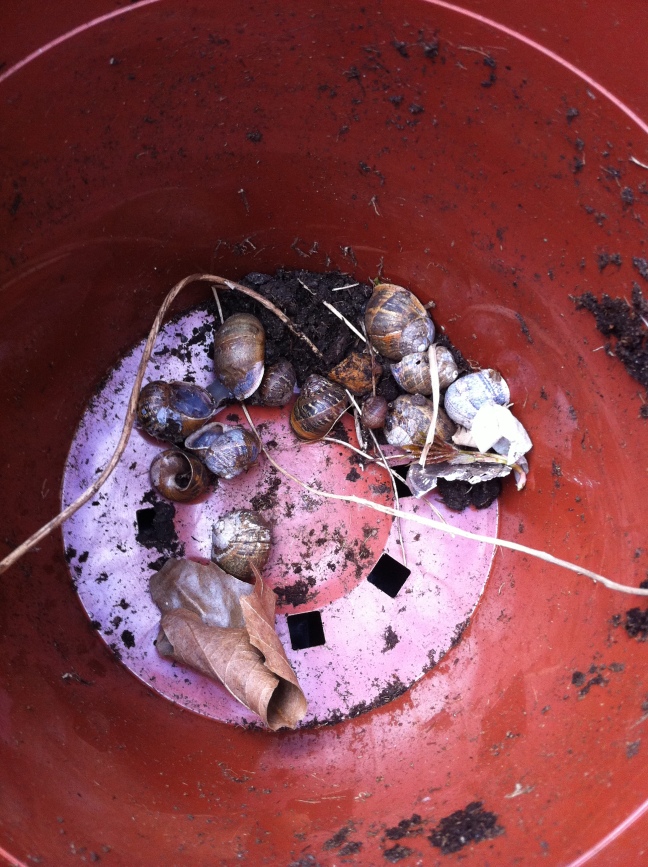
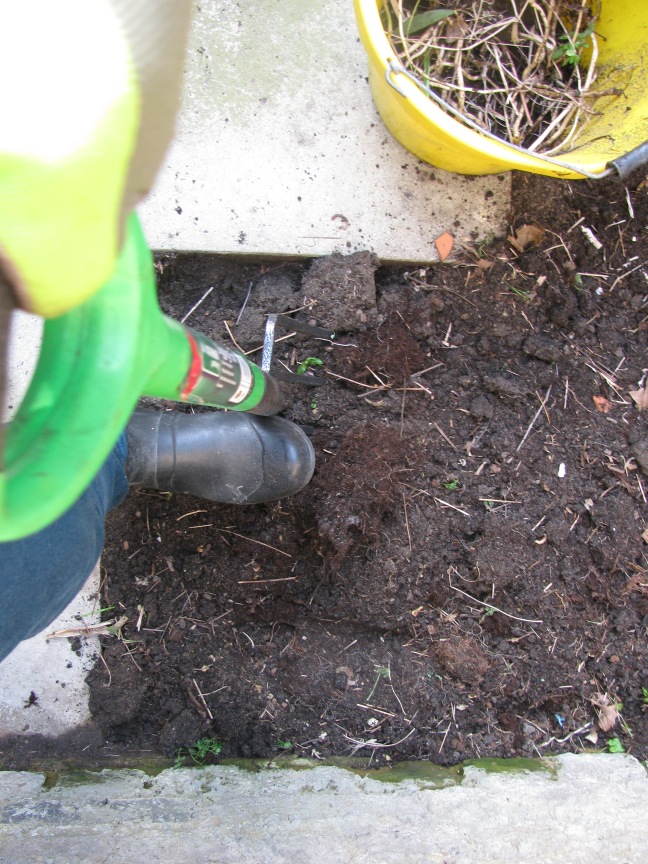
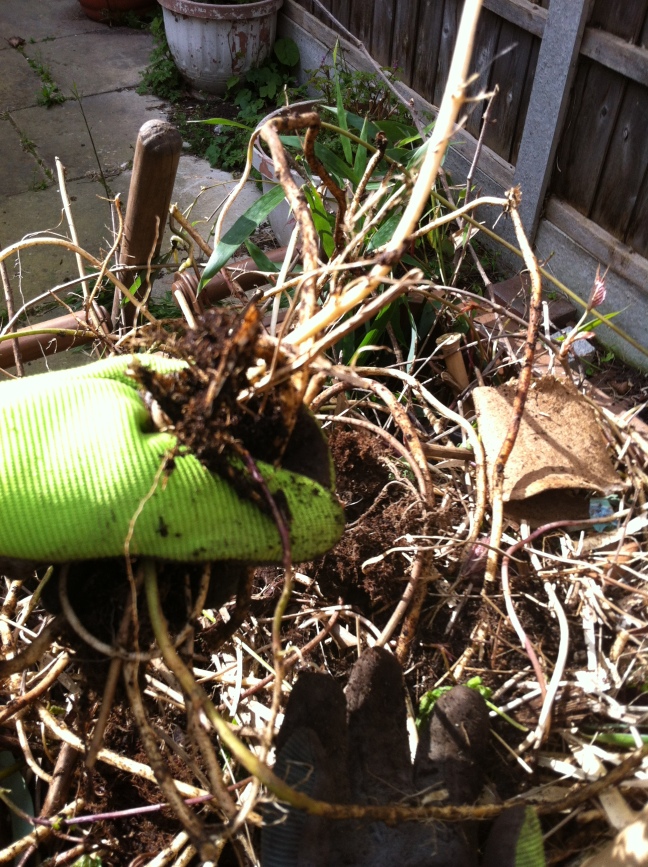
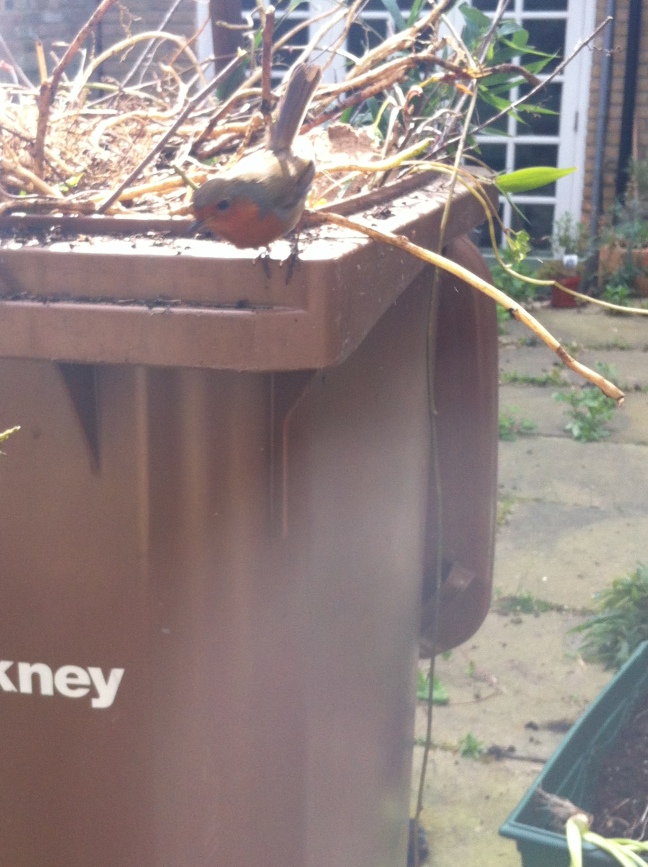

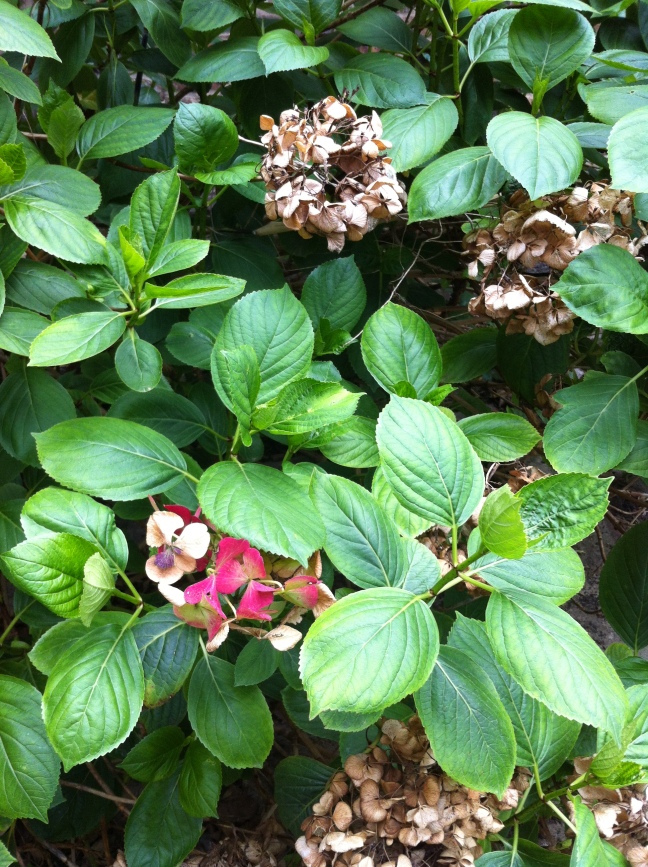
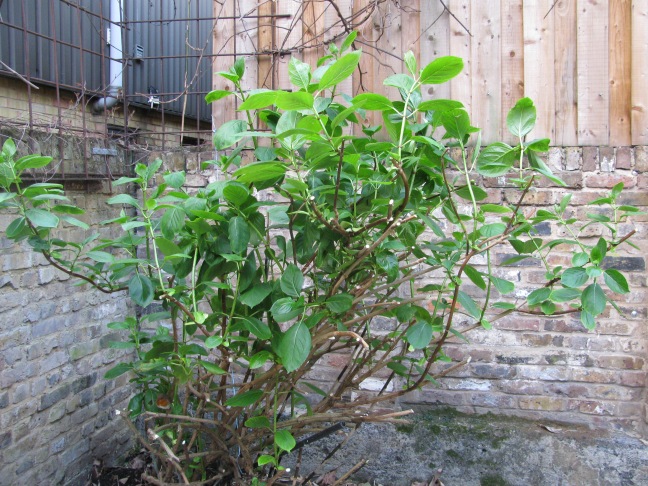


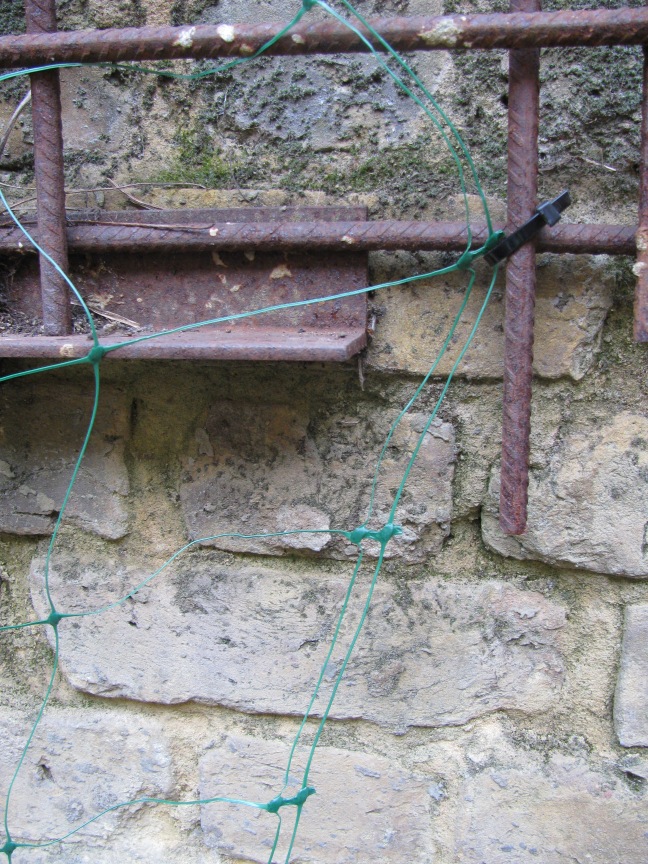
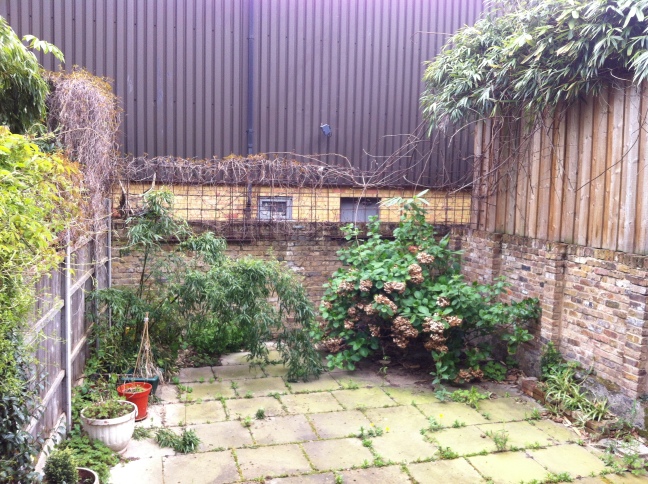


 Proof for this, is the resilience of a hydrangea shrub growing in our shared garden.
Proof for this, is the resilience of a hydrangea shrub growing in our shared garden.




